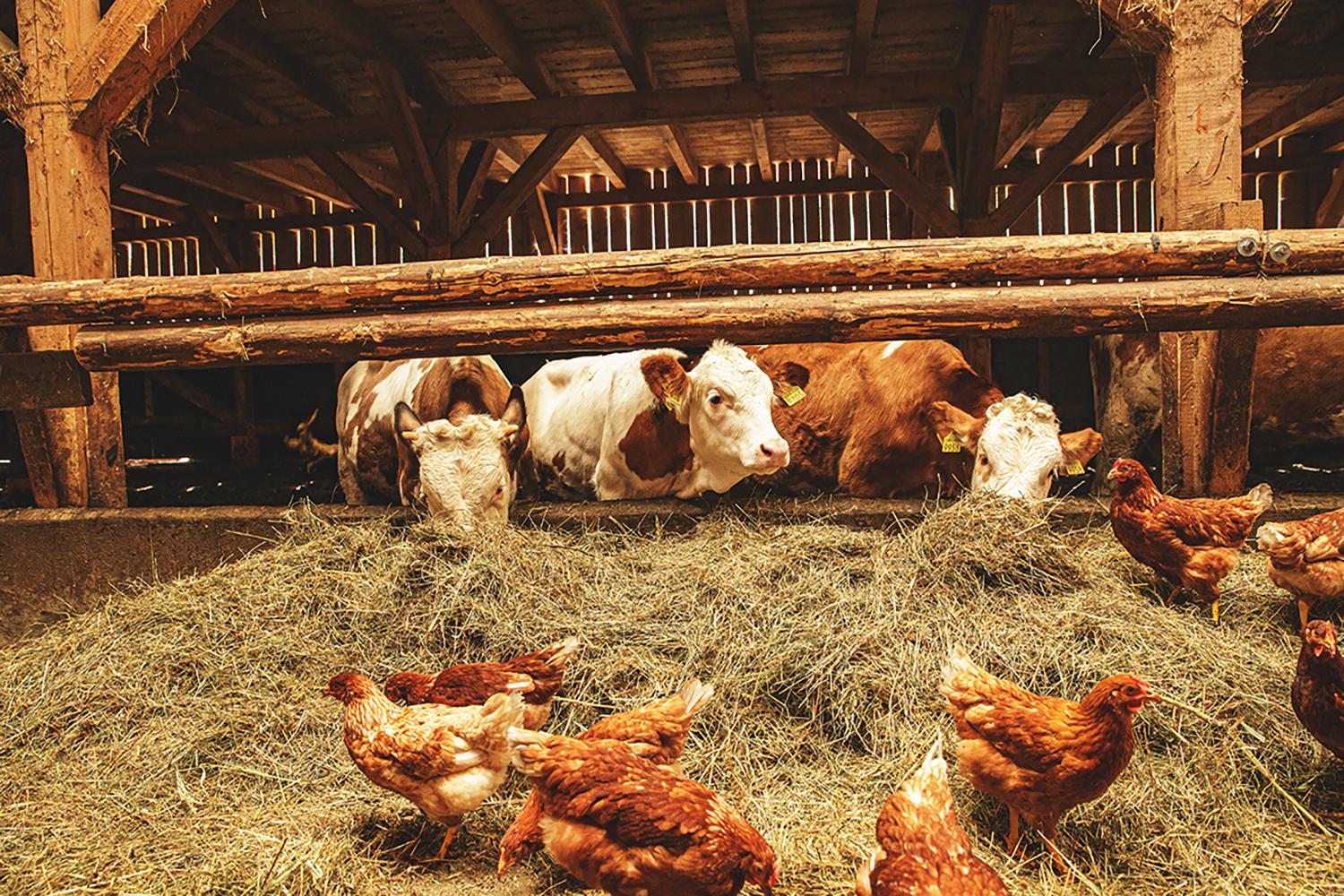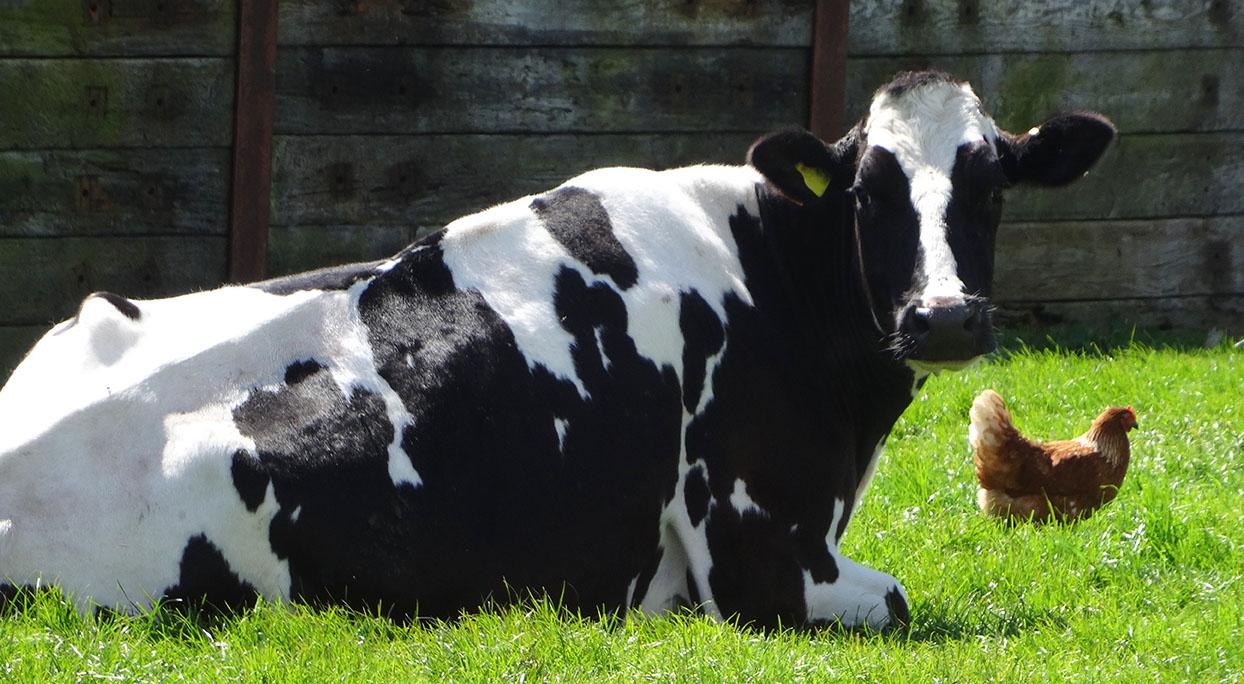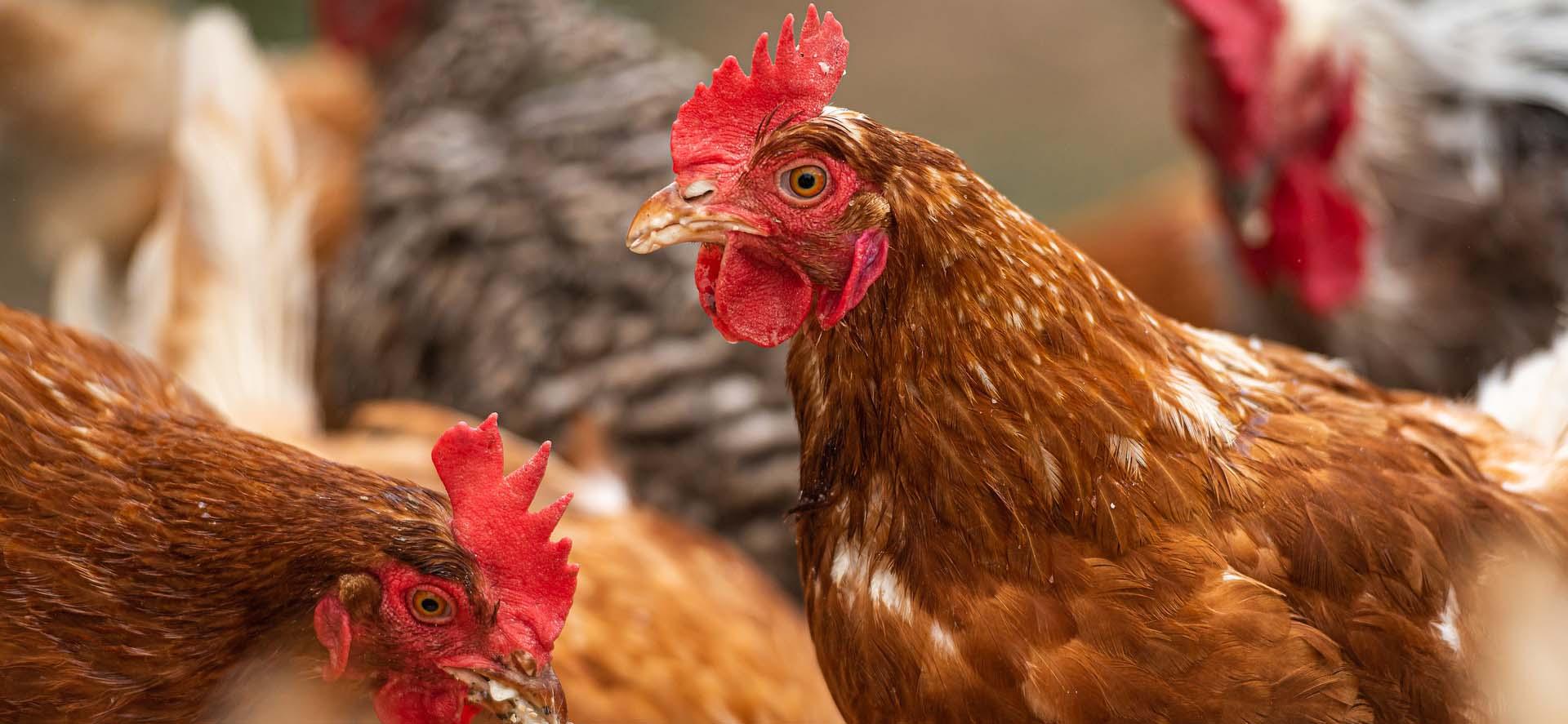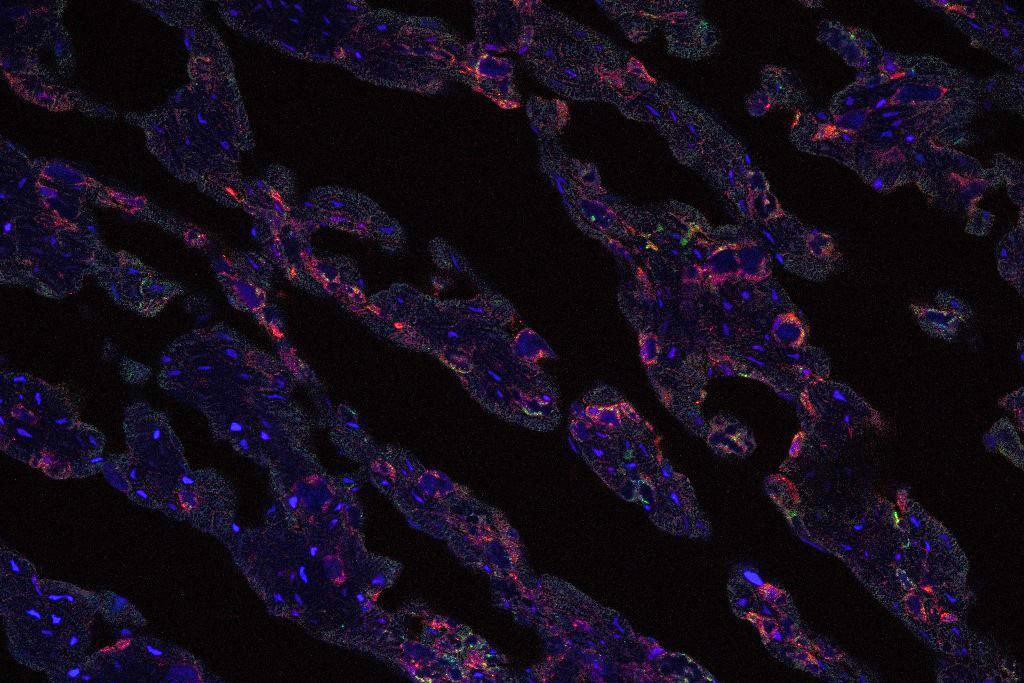A study of bird flu viruses in cows shows the H5N1 strain does not pose an increased threat to humans.
H5N1 high pathogenicity avian influenza virus (HPAIV) has caused a panzootic affecting all continents except Australia, expanding its host range to several mammalian species.
First detected in milk samples collected from dairy cattle in Kansas and Texas in March 2024, Clade 2.3.4.4b of the H5N1 virus has since been further detected in cattle on 891 farms across sixteen states in the US.
The strain is thought to be predominantly transmitted through milking, and movement of infected animals or contaminated equipment between farms or states.
Researchers at The Pirbright Institute compared cattle and goat H5N1 viruses with the dominant avian-origin strain in the United Kingdom.
Focusing on receptor binding, pH fusion, and thermostability, the scientists found all the tested H5N1 viruses showed binding exclusively to avian-like receptors.
Writing in Emerging Microbes and Infections, the team describe how an acid/ alkali fusion of 5.9 put the H5N1 viruses outside the pH range associated with efficient human airborne transmissibility (pH 5.0 to 5.5).
Professor Munir Iqbal, Head of the Avian Influenza and Newcastle Disease group at The Pirbright Institute, said: “We conducted a rapid risk profile of the receptor binding properties and fusion pH of ‘original’ dairy cattle, emerging mutations in dairy cattle, and goat H5N1 viruses.
“None of the tested viruses exhibited binding to the human receptor analogue (6SLN) and they all retained a high membrane fusion pH ≥5.8, suggesting the currently circulating bovine H5N1 viruses are unlikely to be able to efficient transmit between humans.”
The researchers say it remains to be determined whether further mutations will emerge if the virus continues to infect and spread amongst dairy cattle, with continuing opportunities to adapt to bovines.
“Addressing this question will contribute to a better understanding of the H5N1 virus and its adaptation in cattle,” said Professor Iqbal.
“Continued surveillance and risk assessment of circulating H5N1 viruses remain a top priority to mitigate their potential impact on public health and the agricultural sector.”
The findings align with several studies examining the receptor binding profiles of the human isolate from Texas dairy farm worker and cattle isolate from Ohio, which consistently showed virus binding to avian-type SA receptors only.
Read the paper
Yang, J., Qureshi, M., Kolli, R. et al. (2025) The Haemagglutinin Gene of Bovine-Origin H5N1 Influenza Viruses Currently Retains Receptor-binding and pH-fusion Characteristics of Avian Host Phenotype. Emerging Microbes & Infections https://doi.org/10.1080/22221751.2025.2451052



